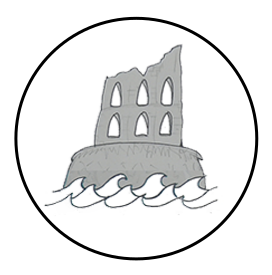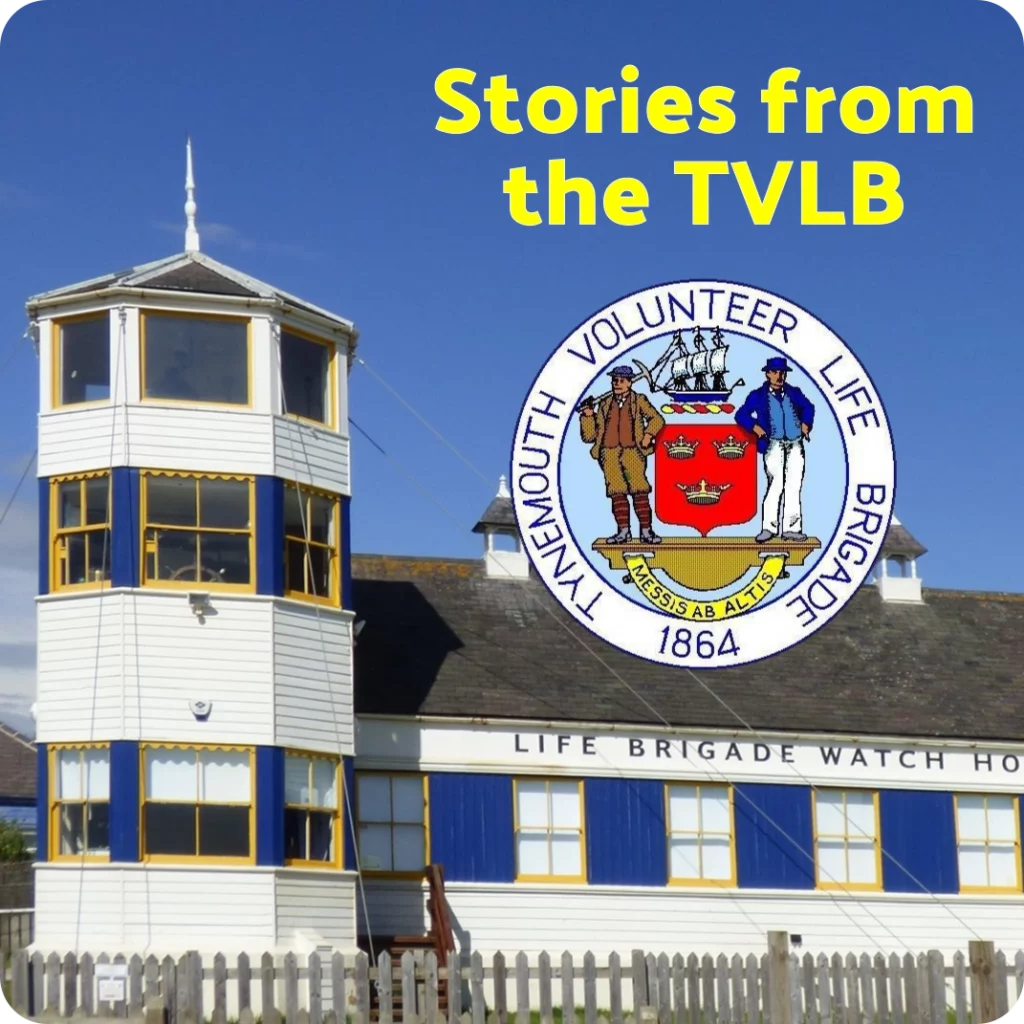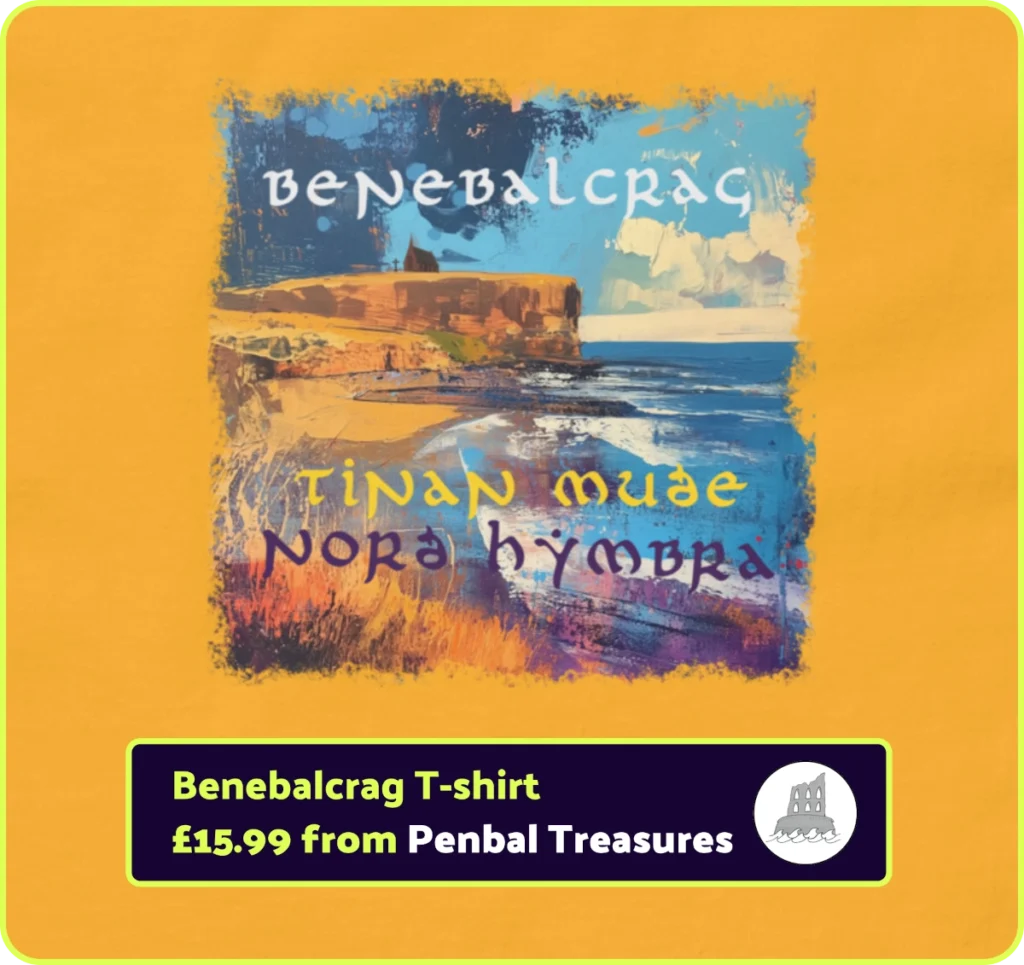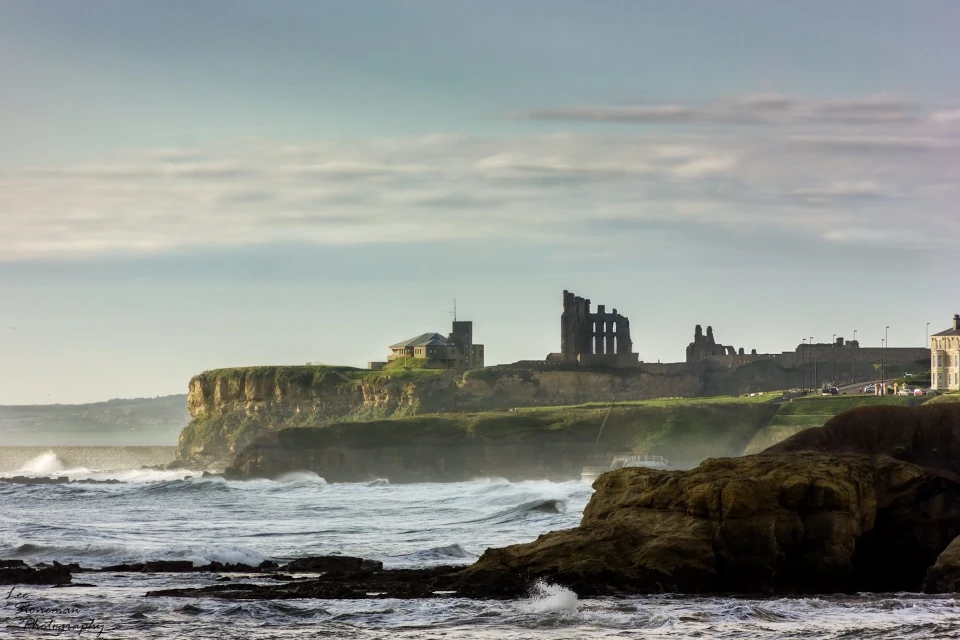The Wreck of the Fame, 20th Oct 1894
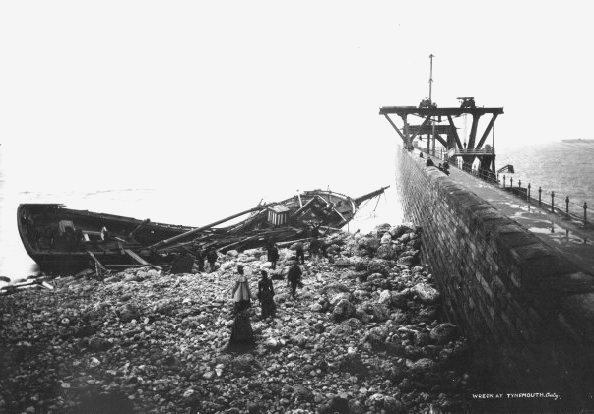
A Tempest
On this same date as today, 129 years ago, during a similarly brutal storm, the Tynemouth Volunteer Life Brigade saved all six members of the crew of Fame, which had struck the rocks on the north side of the Pier below the headland, after unsuccessfully attempting to enter the harbour. The crew were rescued with the revolutionary rocket apparatus, which the Brigade had pioneered the use of.
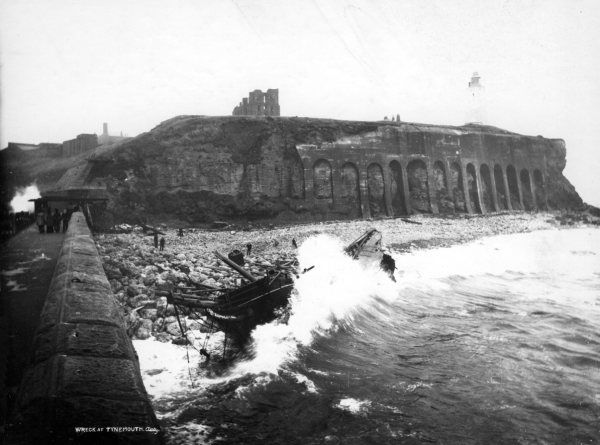
Photograph by Auty of Tynemouth.
The storm was so fierce that at 10am the following morning, the Mammoth crane was hurled off the South Pier and into the sea. The crane on the North Pier had been washed overboard a year before.
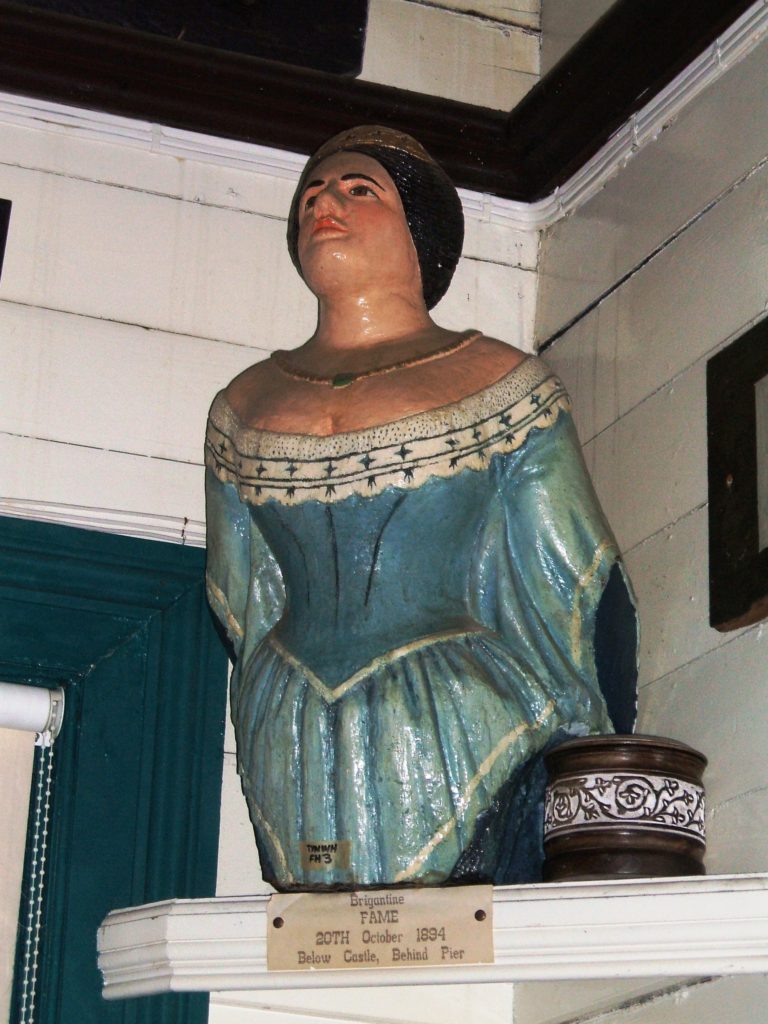
Salvaged from the wreck and restored by Peter Swan and George Miller in 1983, after spending decades in the Watch House garden.
The crew of the ship, no doubt bruised and terrified by the ordeal, were returned to their homes through the Shipwrecked Mariners Society. But the ship was uninsured and a total wreck for her captain and owner, Robert McClanaghan of Dundalk.
A detailed account of the storm and the rescue was reported Newcastle Weekly Courant of 27th October 1894.
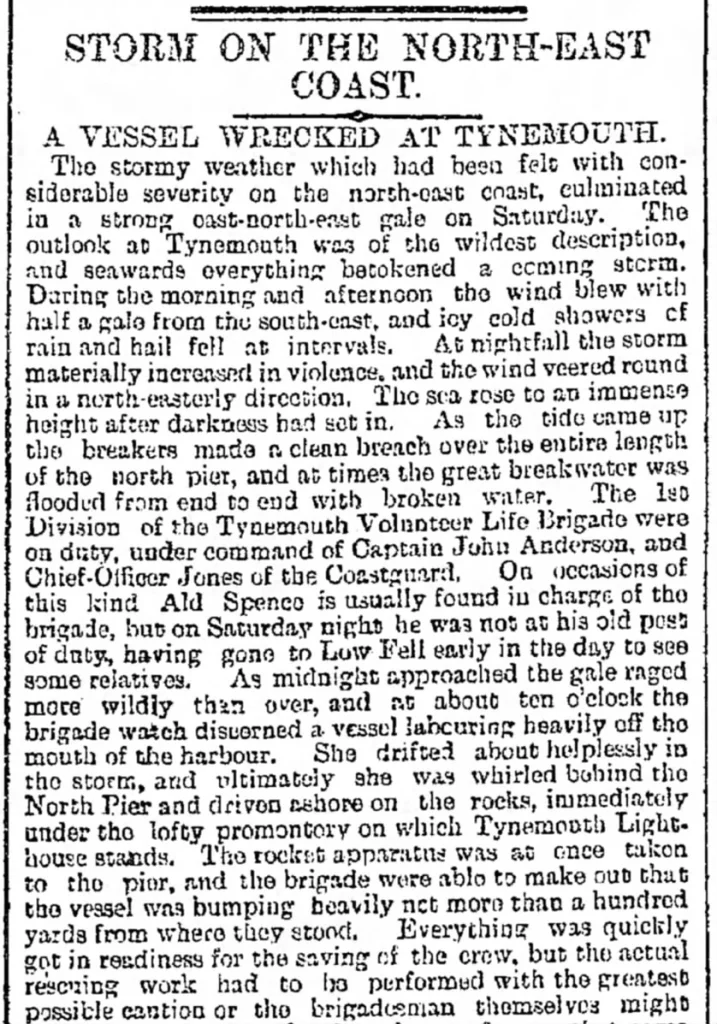

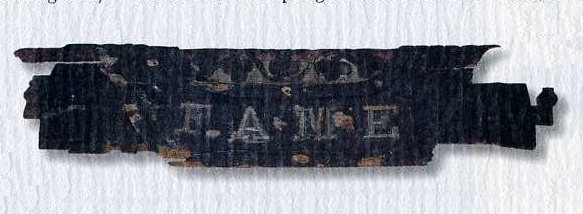
A barquentine is a three-masted sailing ship.

This account of the key speech at the 30th Annual Meeting in 1894 was carried in the Shields Daily News on 27th November.
“We all remember the sudden storm which broke over this district on the afternoon of Saturday, the 20th of October, which caused the wreck of the barquentine “Fame,” of Dundalk, in a very dangerous position behind the North Pier, about 10 p.m. From some unforeseen cause the guns could not be fired, but, fortunately, sufficient men were quickly on the spot to assist the Coastguard in saving the lives of the whole of the crew, consisting of six men, whose wants were carefully attended to, and when warmth, dry clothes and suitable refreshment bad been administered, and they were somewhat recovered from their battle with the elements, they were forwarded to the Sailors’ Home, where Mr. and Mrs. Brown, the superintendent and matron, did all they could to add to their comfort, and finally forwarded them to their homes through the Shipwrecked Mariners’ Institution. Unfortunately for the master, who was part owner, with his father, the vessel was uninsured. On Sunday, the 21st, the storm was at its height about 10 a.m., when successive waves of great violence struck the mammoth Crane on the South Pier, and hurled it into the sea. Soon after this the storm began to abate.”
Renewed Resolve
The fact that the warning guns didn’t fire meant this was quite a fortunate rescue in the end. The severity of the storm prompted the Brigade leadership to exhort the members to the need for increased vigilance and increased training on the rocket apparatus so that all members would be familiar in operating it.
“Gentlemen, we think that such occurrences as these must prove to us all the necessity of keeping ourselves thoroughly up to the mark, not only in the way of discipline, but in the knowledge of the use of every part of the rocket apparatus. A rule stands on our books that each member must shew that he is efficient by appearing before the chief officer of Coastguard once in the twelve months, and answering such questions to prove it, as he may think desirable. This is a very wise and simple regulation, and will be carried out by all those who have the welfare of the Brigade at heart.
Finally, this rousing appeal (from JF Spence?) recalls how times have changed since the Brigade’s formation 30 years prior, and puts in perspective their achievement in securing the safety and dignity of unfortunate mariners, both locally and nationally.
“Pray, gentlemen, do not let us forget that it was the want of thorough knowledge of the work, discipline, and organisation, that was in great measure the cause of the sad loss of life at the wreck of the steamship Stanley, which wreck brought this movement into existence. We, of all the brigades and companies of volunteers in the United Kingdom, should be the last to lose sight of what we established this institution to do. if not to try to lessen and alleviate the sad losses and sorrows of the sea?
Then let us on this our annual meeting, at the end of the thirtieth year of our existence, once more resolve to do all we can to make this Brigade still keep its position, not only as the first formed, but as worthy of that premier position, because we are ever ready to risk our own lives to save those of our fellow creature who mar be wrecked on our shores.
There are many men still living who can remember the day when a shipwreck was considered a windfall, when all the ill-favoured loafers used to assemble for miles round, and plunder not only the wreck, but the bodies of the poor women and men which were cast up by the relentless waves, It seems hardly credible that in this 19th century such cruel wrong could be done in broad daylight, but so it was – and one of the first things the Life Brigade did was to assist in putting down such rascally work, which now, thank God, is almost unknown on British shores.”
Thank you to John Wright and Dave Bell of the TVLB and Steve Ellwood @TyneSnapper for their help in curating this content.
Listen to the audio for this post here:
The Tynemouth Volunteer Life Brigade need support in order to continue to their vital work keeping people safe on our shorelines. Please consider a donation here: justgiving.com/tynemouth-vlb
